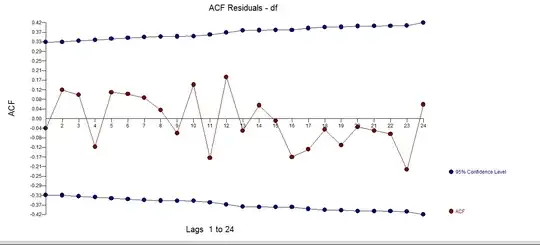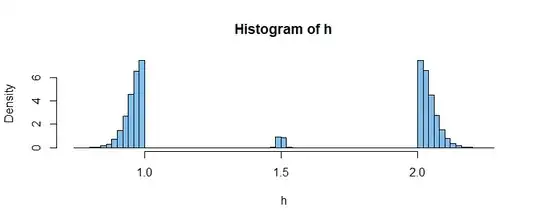We know that when density(say $f$) exists at the median(say $\theta$) then the median estimator(say $\hat{\theta_n}$) has the following property $$ \sqrt n(\hat{\theta_n}-\theta) \to^d N(0,1/\{4f(\theta)^2\}). $$ Follows from here(this result is classical and can be found in some reference books as well): Central limit theorem for sample medians
Question: Suppose density at median doesn't exist. Equivalently, suppose we have a point mass at the median. Can we still have a similar asymptotic distribution (for $\sqrt n(\hat{\theta_n}-\theta)$) result in this case?

